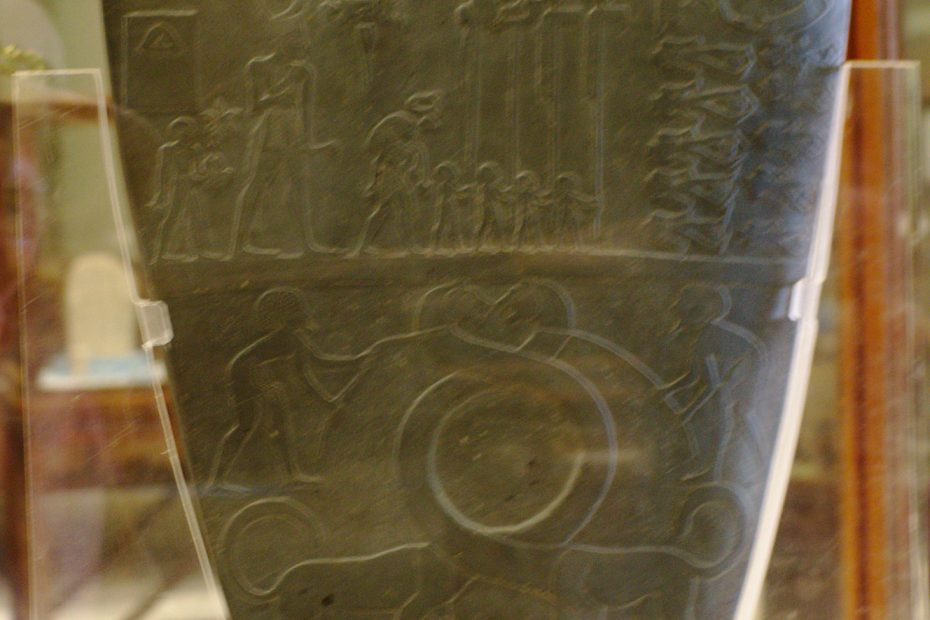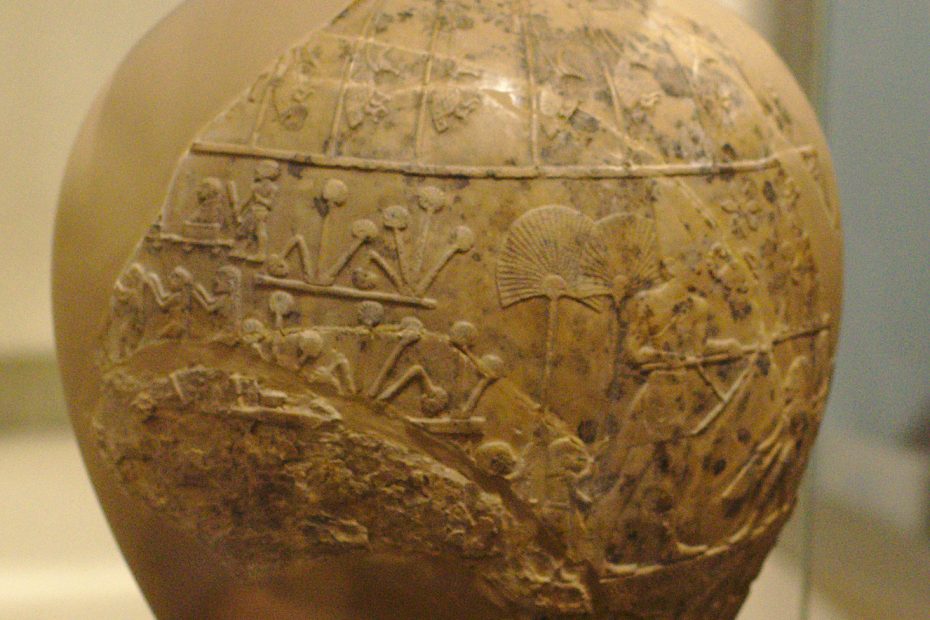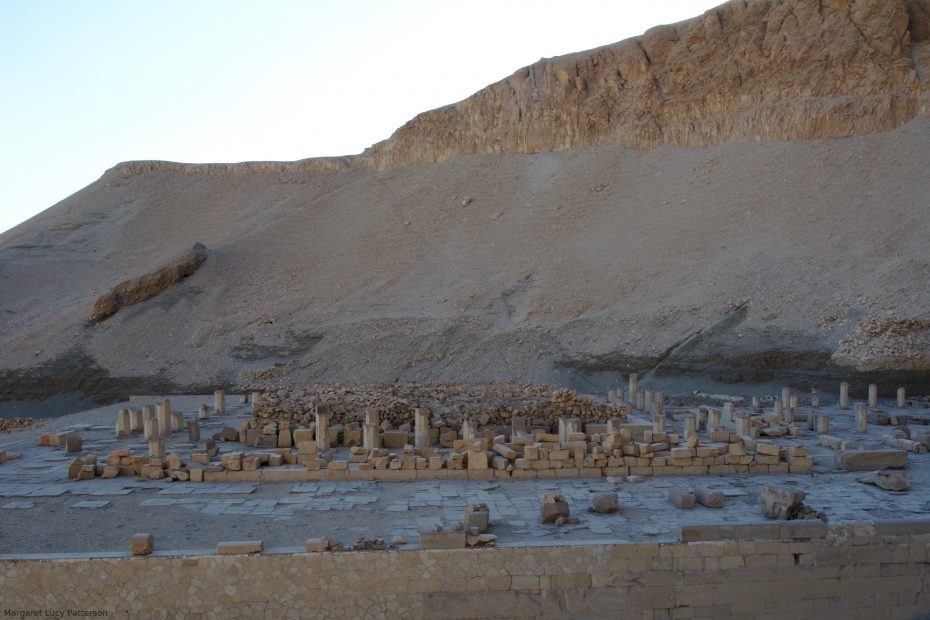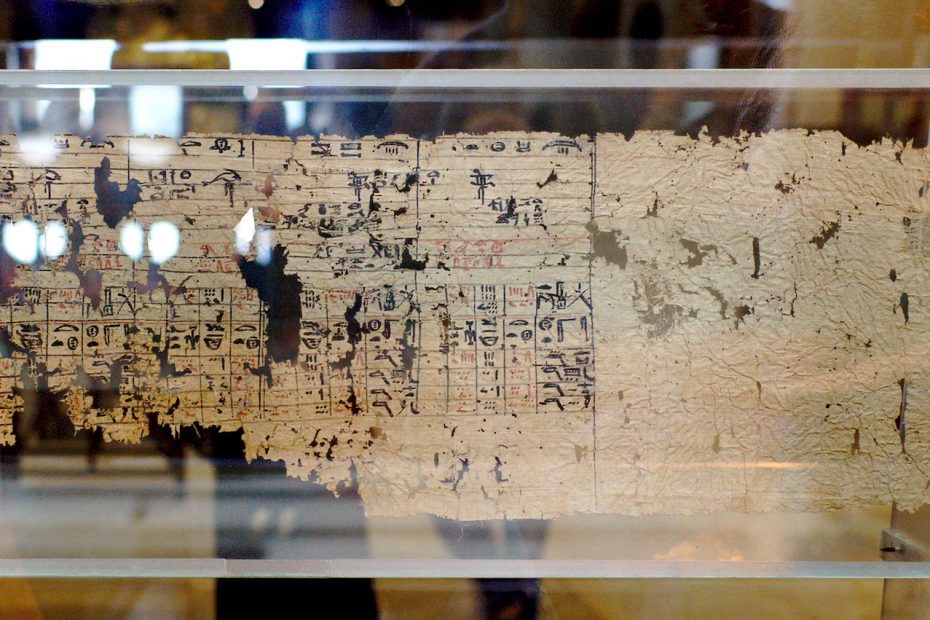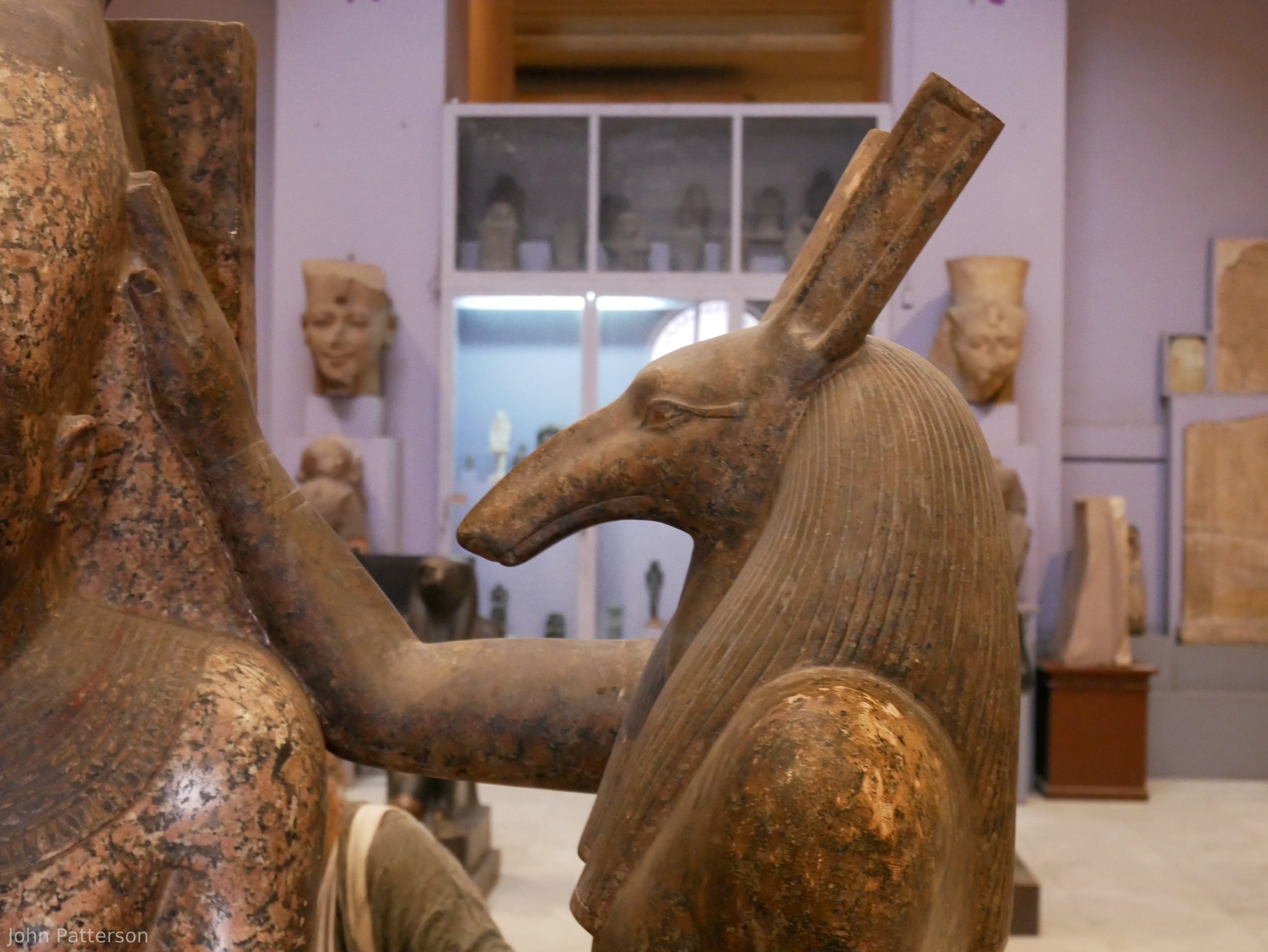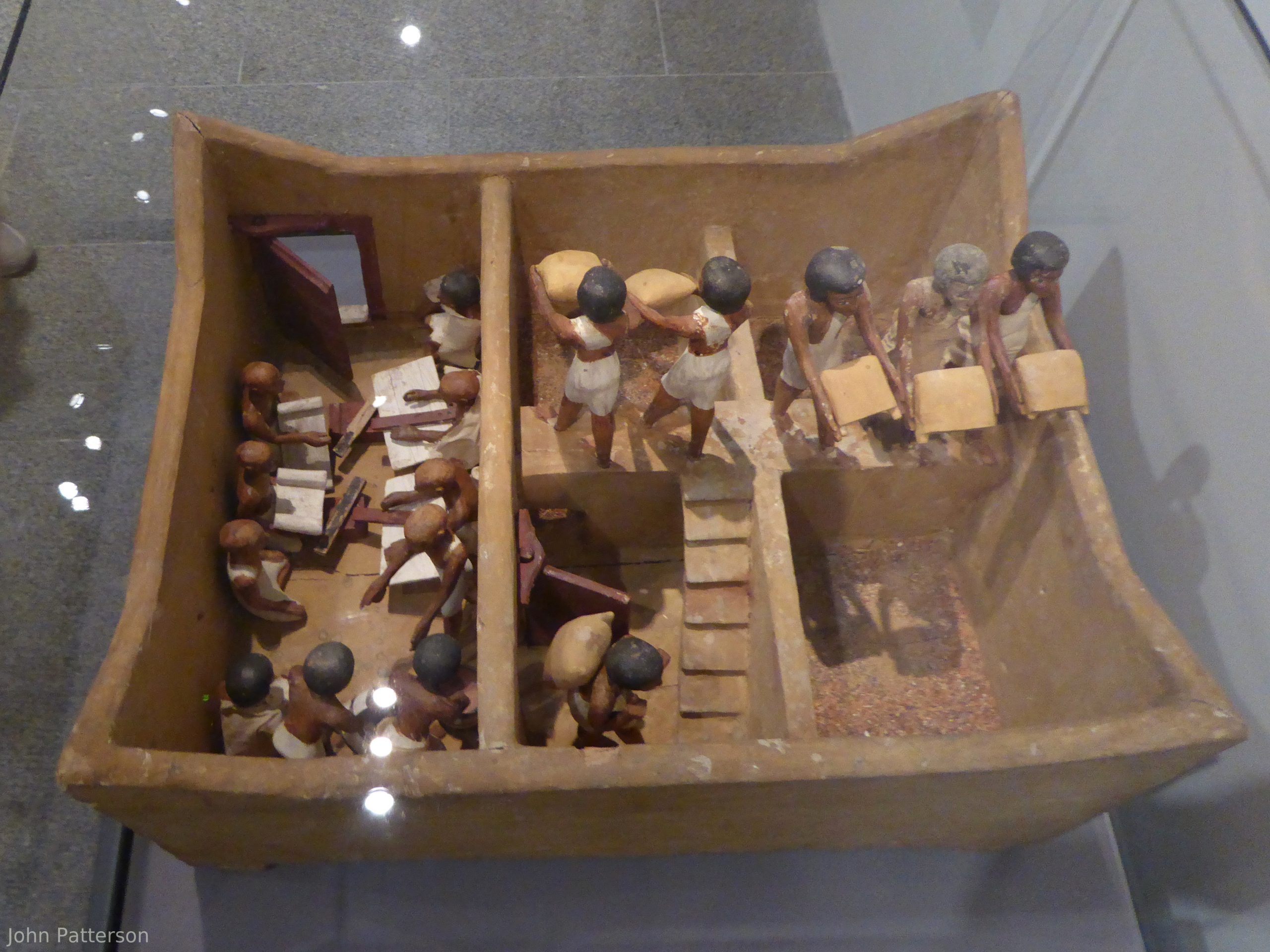“The Narmer Palette [Again]: Early Egyptian Stone Carving in Practice” Dr Kathryn E. Piquette
The second in person meeting of the Essex Egyptology Group in 2022 was in May, and the talk was given by Dr Kathryn E. Piquette. She had visited us at the EEG before back in 2015 (see my write up here: https://writeups.talesfromthetwolands.org/2015/11/06/new-light-on-the-narmer-palette-with-advanced-digital-imaging-kathryn-e-piquette-eeg-meeting-talk/). Her talk then was about the preliminary results of her research on the Narmer Palette – and this talk is an update on what she’s done since. In 2018 she had the chance to do further imaging of the palette, and this talk was about the analysis she’s done on the more detailed imagery. Piquette said she wanted to present the talk seminar-style with people asking their questions during the presentation, so we went off on some interesting tangents during the meeting. Piquette began by giving us a bit of context for the project and for the Narmer Palette. The work she’d done in 2015 was a pilot… Read More »“The Narmer Palette [Again]: Early Egyptian Stone Carving in Practice” Dr Kathryn E. Piquette
